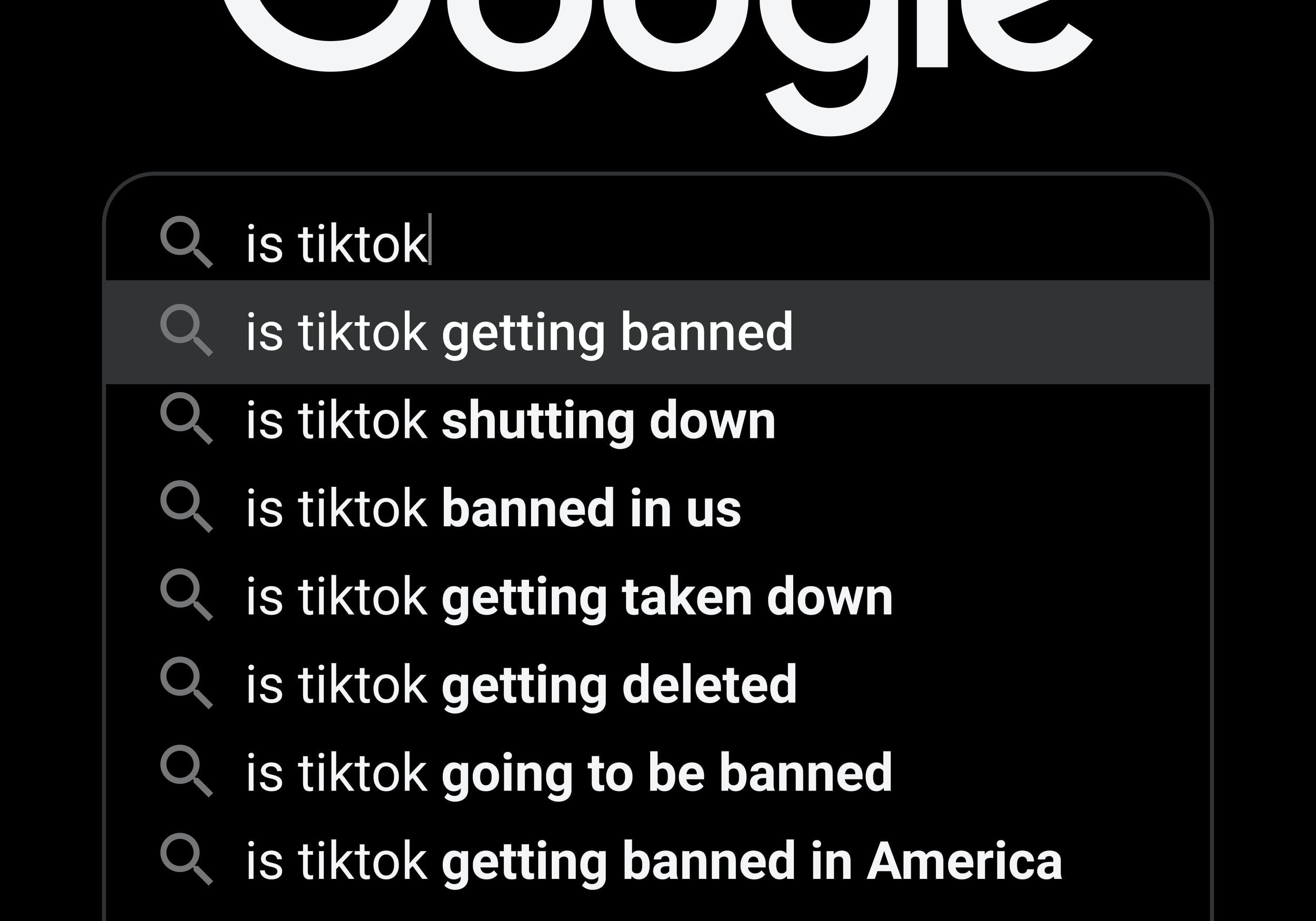Children and Social Media: A Parent's Guide to Ensuring Online Safety
In today's digital era, social media has become an integral part of children's lives. While these platforms offer numerous benefits, such as connecting with friends and accessing educational content, they also present potential risks. As a parent, ensuring your child's online safety is paramount. In this comprehensive guide, we will explore the world of children and social media, providing you with essential insights, tips, and strategies to protect your child and foster a positive online experience.
Navigating the Digital Landscape: Benefits and Risks
1. Benefits of Children's Social Media Use
Educational Opportunities: Access to informative content, online courses, and educational games.
Social Connection: Stay connected with friends, family members, and peers, even from a distance.
2. Potential Risks
Cyberbullying: Exposure to hurtful comments, threats, or harassment from peers online.
Privacy Concerns: Sharing personal information that can lead to unwanted attention or exploitation.

Empowerment through Knowledge: A Parent's Role
1. Open Communication
Regular Conversations: Create an environment where your child feels comfortable discussing their online experiences.
Digital Citizenship: Teach your child about responsible online behavior, including empathy and respectful communication.
2. Active Participation
Supervision: Monitor your child's online activities, including their friend lists and posts.
Setting Boundaries: Establish guidelines for screen time, app usage, and sharing personal information.
Teaching Online Safety: Strategies for Parents
1. Privacy Settings
Platform Education: Familiarize yourself with the privacy settings on your child's preferred platforms.
Profile Visibility: Help your child understand how to limit the visibility of their profile and posts.
2. Friend Requests and Contacts
Friend Lists: Encourage your child to only connect with people they know in real life.
Stranger Danger: Teach your child to be cautious when accepting friend requests from unfamiliar individuals.
Recognizing Warning Signs
1. Behavioral Changes
Mood Swings: Sudden shifts in mood, irritability, or withdrawal.
Avoidance: Reluctance to discuss online activities or an abrupt change in digital habits.
2. Unusual Online Interactions
Aggression or Bullying: Becoming aggressive or engaging in cyberbullying behavior.
Excessive Sharing: Frequent sharing of personal or sensitive information.

Strengthening Online Resilience
1. Critical Thinking
Fact-Checking: Teach your child to verify information and be cautious of clickbait.
Questionable Content: Help your child recognize and avoid fake news, scams, and inappropriate content.
2. Positive Digital Footprint
Content Creation: Encourage your child to contribute positively to online communities.
Think Before You Post: Emphasize the importance of considering the potential impact of their posts.
Empowering Others through Education
Safeguarding children's online safety is a collective effort. Here's how you can help spread awareness:
1. Parent Communities
Support Groups: Join online parent communities to share experiences and exchange advice.
Workshops: Attend or organize workshops on children's online safety.
2. School Initiatives
Parent-Teacher Associations: Collaborate with schools to promote online safety education.
Curriculum Integration: Advocate for incorporating digital citizenship and online safety into the curriculum.
Conclusion
As children navigate the digital world, it is crucial for parents to take an active role in ensuring their online safety. By maintaining open communication, setting boundaries, teaching responsible online behavior, and monitoring their activities, you can help your child enjoy the benefits of social media while minimizing potential risks. Remember that your guidance and support play a pivotal role in shaping your child's positive digital experiences and empowering them to become responsible digital citizens.
Sources:
- American Academy of Pediatrics. "Healthy Digital Media Use Habits for Babies, Toddlers & Preschoolers." https://www.healthychildren.org/English/family-life/Media/Pages/Healthy-Digital-Media-Use-Habits-for-Babies-Toddlers-Preschoolers.aspx
- Common Sense Media. "5 Social Media Rules Every Family Should Follow." https://www.commonsensemedia.org/blog/5-social-media-rules-every-family-should-follow
- Cyberbullying Research Center. "Top 10 Tips for Safe and Responsible Internet Use." https://cyberbullying.org/top-10-tips-for-safe-and-responsible-internet-use
- National Online Safety. "Parents Guide - Social Media." https://nationalonlinesafety.com/resources/platform-guides/parents-guide-social-media
- Family Online Safety Institute. "Parents' Guide to Social Media." https://www.fosi.org/good-digital-parenting/parents-guide-social-media/